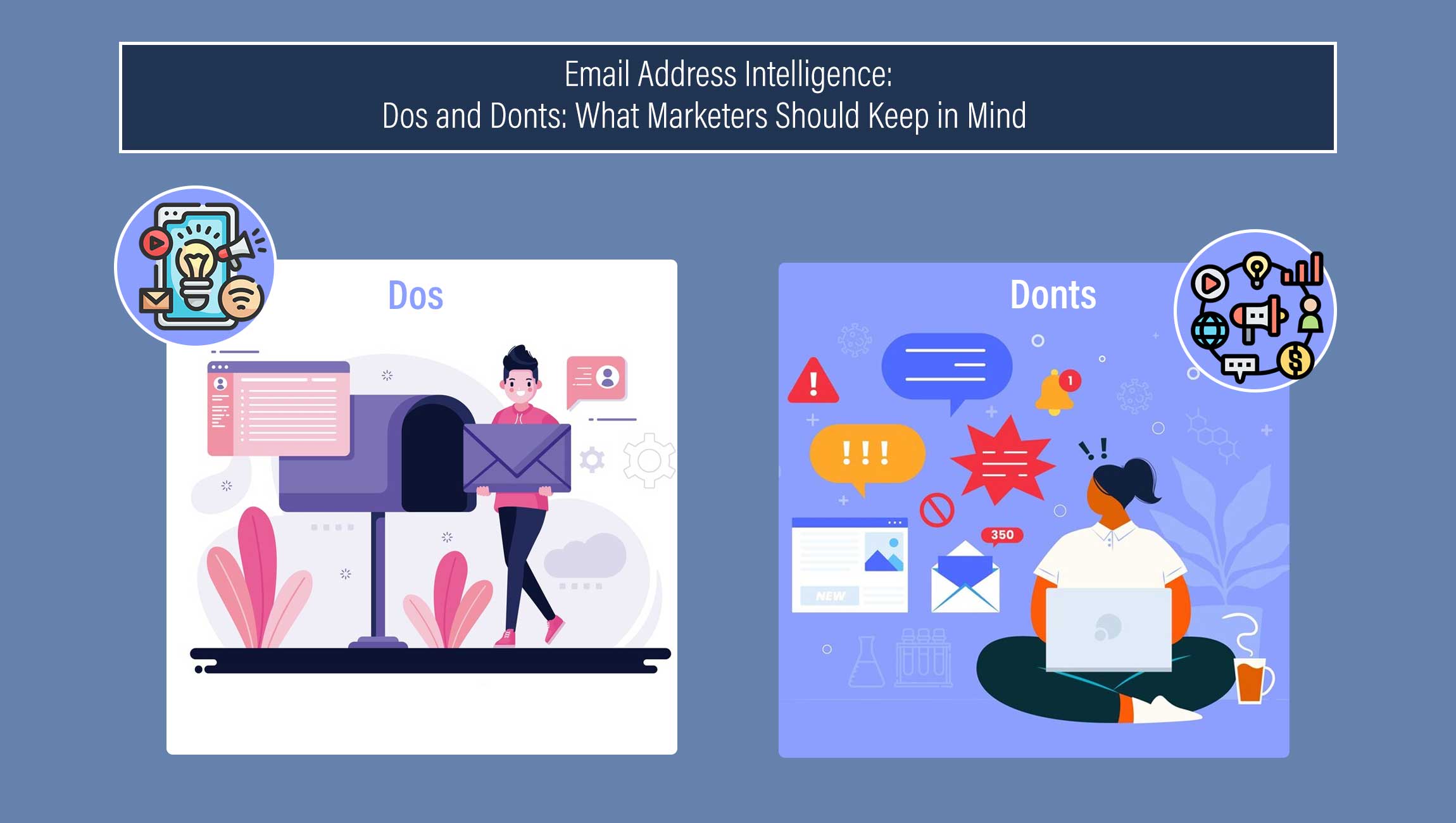Misinformation and disinformation are something increasingly seen in the political and social sphere over recent years. Whether it is concerns about undermining election integrity, mistruths directed at political opponents, or potential campaigns waged by foreign adversaries to undermine Western democracy, the threat is widely recognized.
However, less talked about is the threat that misinformation poses to corporations and brands. This time last year that changed. At the beginning of 2023, the CEO of AB InBev – the producers of Bud Light – blamed social media misinformation as it found itself embroiled in America’s culture wars after transgender TikTok influencer Dylan Mulvaney was featured in one of its marketing campaigns. Likewise, Target found itself at the heart of an anti-LGBTQ campaign on social media fuelled by far-right personalities focused on the company’s Pride products, which it has sold for years without issue.
This is the stuff of nightmares for CMOs. Tasked with promoting their brands and products, experimenting with new platforms and collaborations, and safeguarding reputation, the type of misinformation faced by Bud Light and Target can undermine years of work and brand-building.
What are the five things CMOs can do?
To avoid the trap of misinformation, it is important to be both offensive and defensive. Use research and insight to avoid obvious traps as well as be ready to respond robustly if misinformation impacts your business.
1. Embrace research and insight
The environment for brands is getting more complex. As companies look to build deeper relationships and connections with consumers, they are delving further into social issues that can mistakenly and inadvertently be the focus of division. It is therefore vital to pretest and understand what your customers feel about social issues and what comes to mind when they think of your brand and your proposed messaging.
Traditional approaches to market research are being rewritten. What was once seen as too difficult, too time intensive, too complex to do, is now possible with the proper and careful application of AI. This is giving CMOs a cutting-edge new weapon to inform marketing strategies, explore complex issues and attitudes, and avoid missteps in a way that hasn’t been possible before.
Generative AI enables CMOs to get focus group level insight from quantitative research. It gives CMOs more power than ever to understand what their customers think about their products, brands and proposed new strategies, and why; identify customer preferences within segments; make sense of complex and nuanced issues and understand any concerns before launching a campaign, minimizing the potential for negative surprises.
In today’s world this isn’t a nice to have, it’s essential.
2. Test advertisements and messaging before launch
Whether it is the latest advertisement, a new social media campaign, a brand marketing initiative or collaboration, test it first. What can seem like a great idea in a marketing brainstorm or boardroom discussion, may not survive widespread deployment.
So why not test the idea in advance. By presenting the idea or message to an audience that reflects the profile of an actual brand’s audience enables CMOs to identify areas that could be problematic, better understand which messages land effectively, understand the competitive dynamic and much more.
Using the latest techniques in media and message testing, brands can test specific words, images or video content. Using innovative high-tech tools that work across platforms, it is possible to visualize results so that they can be acted upon by marketing and communications teams to refine campaigns in advance of activation.
Marketing Technology News: MarTech Interview with Chris Koehler, CMO @ Twilio
3. Monitor all channels that your customers use
There is a proliferation of channels being used by consumers across the globe. As well as mainstream media, and popular social media platforms, there are many new and emerging social channels and influencers who target specific segments and those with more polarized viewpoints.
Often these newer channels are not covered by traditional media monitoring tools. And increasingly it is these platforms where early signs of misinformation may be found. Therefore, it is important to understand where your consumers are gathering and what channels they are using. Who are the influencers that are emerging in prominence? By doing so, you gain the insight to identify precisely what you need to be monitoring. What are some of the issues and viewpoints that are getting support which may impact how your brand is perceived.
4. Build trust by leaning into corporate character
Many studies demonstrate that trust is falling in brands. It is often seen that brands fail to live up to their own ideals, or indeed the values of consumers. And that is often because brands attempt to live up to the ‘perfect’ ideal.
This is why organizations need to focus more on character rather than purist brand principles. The brand instinct to ‘protect, preserve and promote’ needs to make way for an instinct to engage, acknowledge and open-up. If brand is the extrovert, talented in fostering positive perception and charm; character will be the defining characteristic of the emerging introvert.
This type of approach will mean that when faced with misinformation, consumers are more likely to recognize what the brands stands for and dismiss misinformation campaigns and identify their inauthenticity.
5. Be clear about who you are
Despite all of this, it would be tempting for brands to retreat to a moderated and bland position. However, this is not the answer.
It is better for a brand to be known and stand for something, than nothing. The key is to understand your audience, consider their perspectives, build your point of view in a way that connects with who you are as an organization and reflects your character
Importantly, do so intentionally. Embrace research and insight. Build your corporate character so that you’re able to withstand any misinformation, or misinformation campaigns, that might come your way. If you have defined your brand successfully, it will be far more difficult to be harmed by misinformation and far easier to combat it should it appear.
Today, CMOs have a great advantage. Never before have they had such access to in-depth insight and intelligence, in a way that is cost-effective, to inform decisions. This is likely to unlock a new era of experimentation when it comes to marketing. It will also enable the marketing function to strengthen its strategic credentials, helping organizations and brands navigate the future with confidence.
About the Authors
Ron Howard is Chief Executive Officer of Mercury Analytics, an innovative full-service research firm in Washington, D.C. Ron created Mercury Analytics to change the research landscape using the power of technology to modernize how research is conducted. The firm works with major brands and corporations to conduct quantitative and qualitative research, media testing, applying MercuryAI to get the most from research.
Chris Clarke is Co-Founder of Fire on the Hill, a strategic communications firm based in New York and London. Chris specializes in supporting global organizations to build positive reputation based on insight-led thought leadership programs. He focuses on where comms, policy and technology intersect. The firm works with clients across the technology, renewable energy, education, financial sectors.
Marketing Technology News: Wellness Plan for Email Marketing: How to ensure your campaigns achieve peak performance






